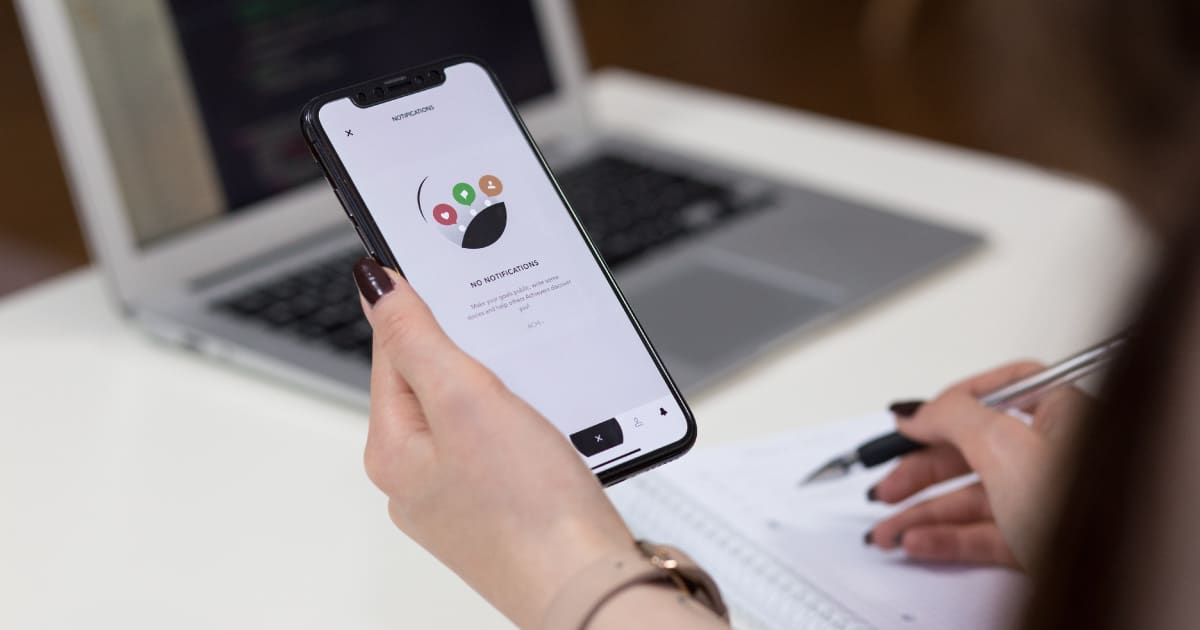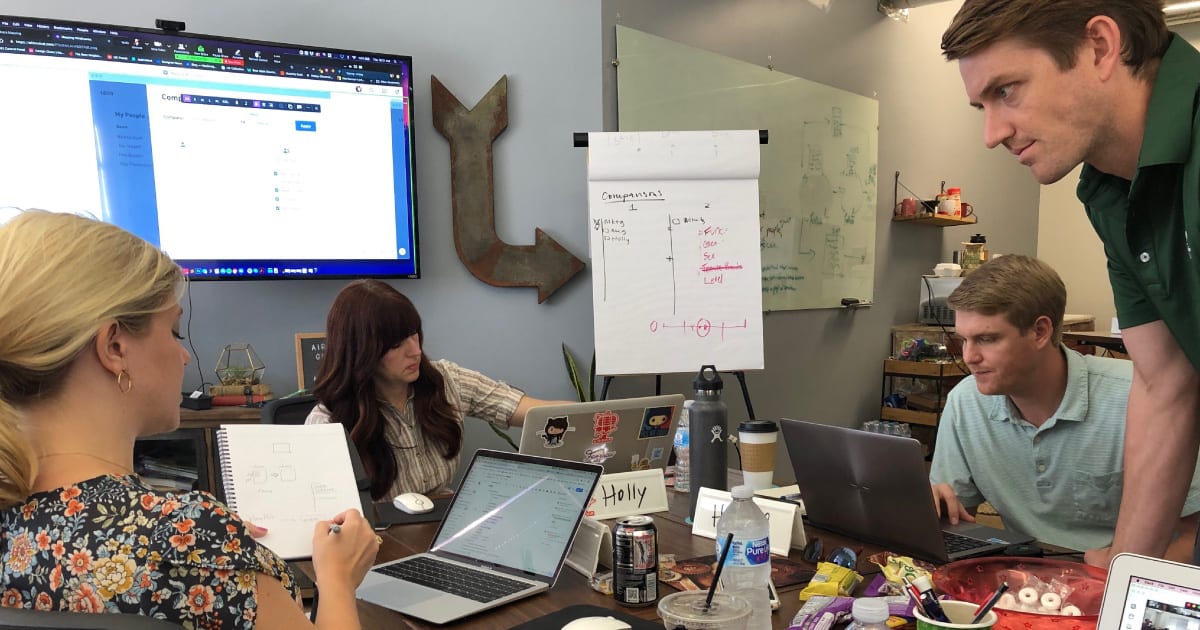I have spent the last four years with Airship where we have designed, built, and maintained custom ...
- Code (35)
- Tech (32)
- Leadership (27)
- Best Practice (21)
- UX Design (18)
- Airship News (14)
- Industry (14)
- Birmingham (11)
- Process (11)
- Products (11)
- Ruby (7)
- Tools (7)
- Hiring (6)
- React Native (5)
- Open Source (4)
- DEI (3)
- Maintenance (3)
- Uncategorized (3)
- Accessibility (2)
- Git (2)
- User Research (2)
- Mobile (1)
Global mobile app revenue is projected to reach $188.9 billion by 2020, an increase of more than ...
A minimum viable product (MVP) is a no-frills version of your product with the core features needed ...
We sat down with Luke Richardson, Lead Opportunity Explorer at Airship, to discuss the common ...
Ah, the software development cycle. It's the basic principle of building custom software. ...
The average person uses 9 apps a day and around 30 over the course of the month. How many do you ...
We’re getting closer to the end of 2017!! It’s been a wonderful year for Airship filled with new ...
Technology is more than just a part of our day-to-day business here at Airship. It's a passion that ...
Technology and innovation are thriving in Birmingham, Alabama. We're proud to call the Magic City ...
Recently, I’ve had a tugging on my heart: I’m not an active listener when it comes to our remote ...

Start with: What problem are you trying to solve?
One of the activities we work through revolves around refining your problem statement. A problem statement is the key business problem that needs to be solved. In software development, it states “what has to be done” for a project to succeed. It does not say, “how it has to be done.”
We use the 5W’s + 1 H format as well as the SMART Framework when establishing a problem statement. In fact, you can draft your own problem statement by using our free download. This download will get you thinking through some of the questions and answers prior to starting your project.





